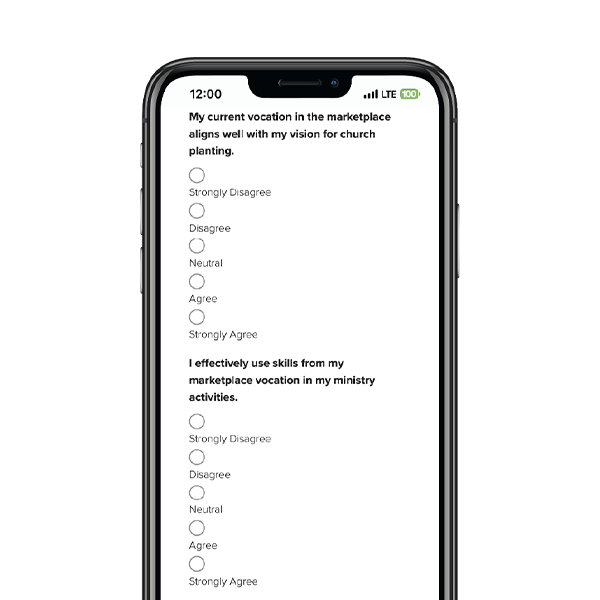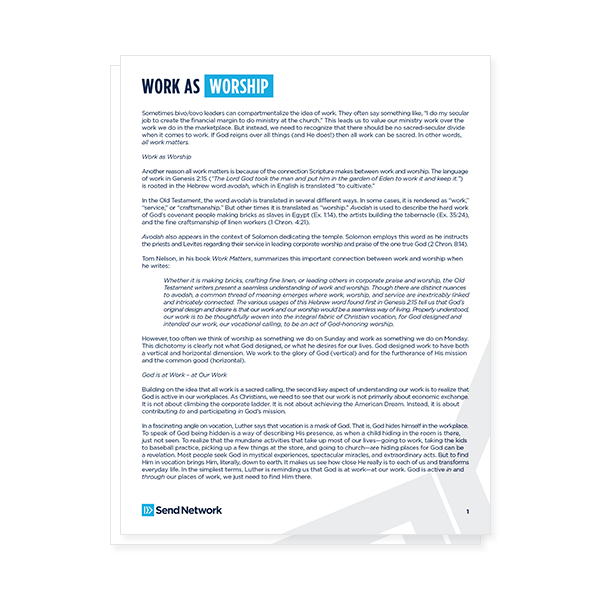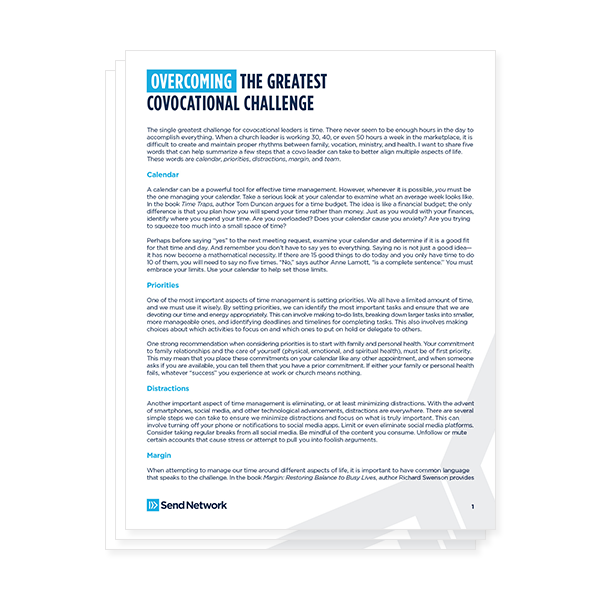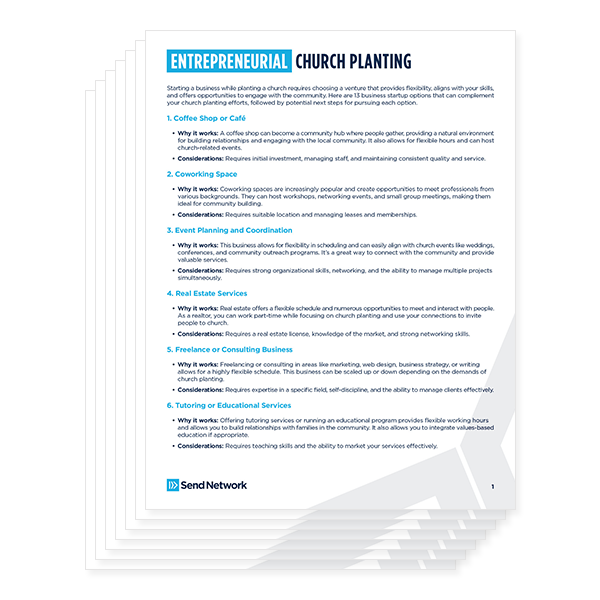In mid-2018, Send Institute convened a gathering of thought leaders and heads of some of North America’s large and influential church planting organizations to talk about the necessity for collaborating across denominations and networks to increase the North American Church Planting Capacity (NACPC).
We defined NACPC as the amount of church planting activity required to keep pace with the growth of the general population and non-Christian affiliation in North America.
To date, no authoritative gauge or metric exists that tracks on an ongoing basis the amount of church planting activity happening in North America across all denominations and networks. There are four reasons why we give for talking about a collective North American Church Planting Capacity:
- There is no one group broad enough to authoritatively calculate the need for church planting in North America and report on the collective progress
- There are no markers or measures for progress and no standardized performance indicators to help raise the evangelistic effectiveness of networks and denominations.
- We lack a readily available and open source system to discover and disseminate best practices.
- We do not know if we are ready for the future
This group convened to discuss some of the possibilities for this kind of collaboration and why it is important for the future of North American church planting, especially as we approach the year 2050–a future that we know very little about.
ARE WE READY FOR 2050?
There are a few reasons why 2050 is a significant decade for church planting organizations to be thinking about.
Reason #1: By then, the U.S. will for the first time in its history have no majority race. The nation’s leading demographer at the Brookings Institute, William Frey, discusses in his book Diversity Explosion why all institutions need to consider the implications of the future for today and how to prepare themselves for this inevitable reality.
Reason #2: New national narratives are emerging where church decline language will no longer motivate and mobilize new church planters. Fewer and fewer church planters today are motivated to plant churches strictly because church attendance is in decline. So we can almost predict that the decline of denominations as a motivator will be on the periphery, at best, for the future church planter.
Reason #3: The Boomer generation will be long gone along with those who are leading many of today’s institutions and organizations. Gen-X will also be gone or at least well into retirement. Many networks today were founded by Gen-Xers through their entrepreneurial-leadership style and strategies. By then, that style of leadership will probably have evolved. The ever-so-talked-about Millennials and their younger cohort, Gen-Z, will be retired or retiring and today’s attempts to recruit them into church planting will have either succeeded or failed.
Reason #4: There will be a generation leading the church that has not yet even been born. They will have inherited whatever will become of today’s systems and processes that church planting organizations tweak and maintain on a daily basis. And this unborn generation will have to carry whatever slack is left for them by today’s leader.
HOW MUCH WORK ARE WE LEAVING FOR THE NEXT GENERATION?
In 2010, the Hartford Institute released a study which calculated the number of religious congregations in the United States to be about 350,000. Among them, Christian congregations of any kind numbered 338,000. The U.S. population at the time was slightly over 309 million, making the church to population ratio roughly one church for every one thousand people (1:1000).
Since then, the U.S. population has grown by 19 million people to what is now a total population of 328 million. The U.S. Census Bureau estimates that by the year 2050, by factoring in low immigration rates and normative birth rates, the population will grow to be at least 400 million. So in order to maintain the 1:1000 church to population ratio within this forty-year span, we will need a net gain of 76,000 new churches or on average a net gain of 1,900 churches per year.
Are we even close to capacity?
In 2014, LifeWay Research calculated what has become the best gauge of what is the United State’s annual average net gain of churches, estimating that 4,000 churches were opened that year while 3,700 closed, yielding a net gain of 300 churches. If we use these numbers as a guide for what is on average the annual net gain of churches today, we are terribly far behind what is needed to be on track with population growth.
While these numbers are models and should be tweaked as better information is gathered, they are not far from reality. And more important than pinpoint accuracy, these numbers help tell a story that is worth every church planting organization’s full attention and maximum effort:
For each year this generation of leaders fails to increase the North American Church Planting Capacity, we leave that much more burden for the next generation to carry and to figure out.
WHY DO WE NEED GREATER COLLABORATION FOR THE FUTURE?
The leaders from the 2018 gathering all agreed that we are in a time of transition socially, institutionally, and spiritually and that we need a prayer movement for the next generation. Much of what was proposed through this group centered around gathering the next generation of church leaders to best inform them and to pass on to them the responsibility and privilege of thinking through these issues for themselves and for the leaders that will follow after them.
No one network has enough information or the know-how for the future. God has allowed the industry of church planting to develop collectively over the last 30-40 years for something more than what we have seen so far. But we cannot be afraid to reinvest all that exists today into something better for the future. Because each year that we increase the North American Church Planting Capacity to whatever amount, to that extent we will alleviate the pressure the leaders of 2050 will be under.
Today, the current efforts in prayer and levels of collaboration need to be quickly compounding as we look towards the future. Because as of now, the burden we are leaving for the next generation is quickly compounding year by year. They covet our prayers and they covet our collaboration.
This article was originally published on Send Institute and is used with permission.
Published March 5, 2020




